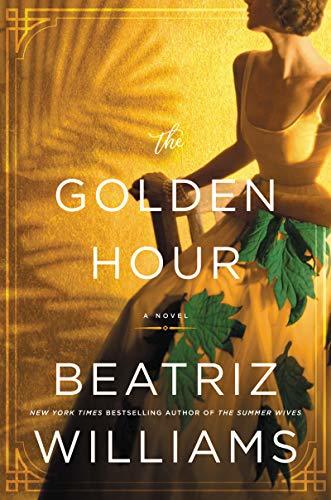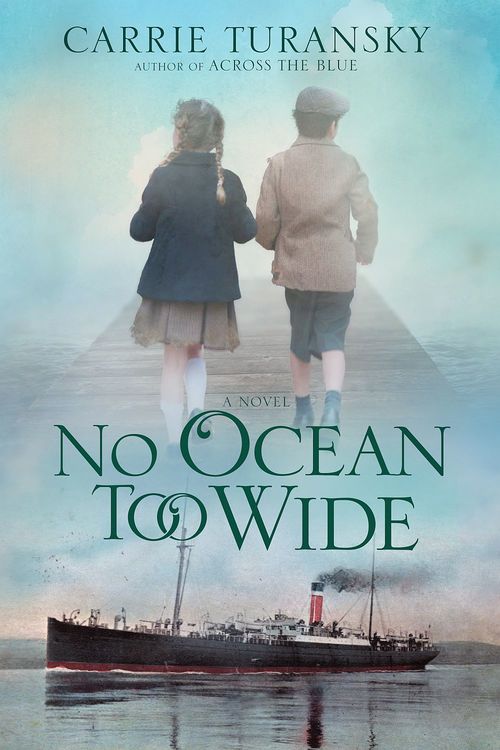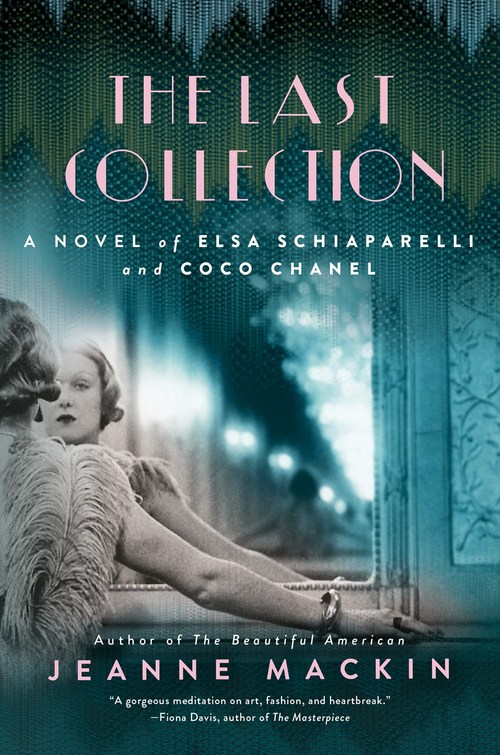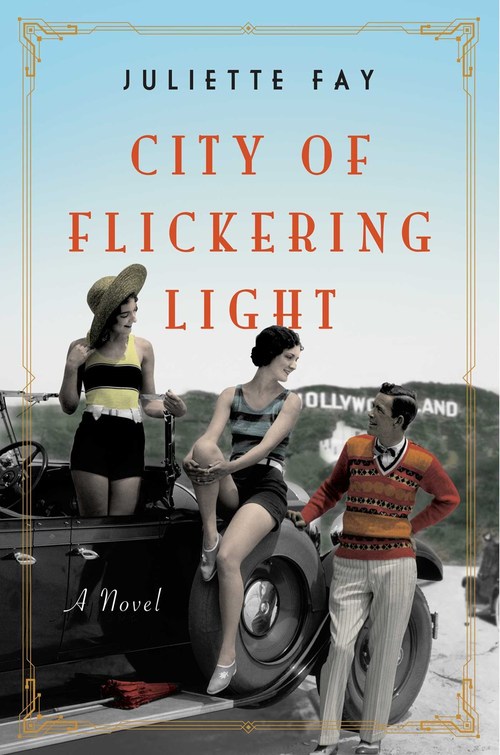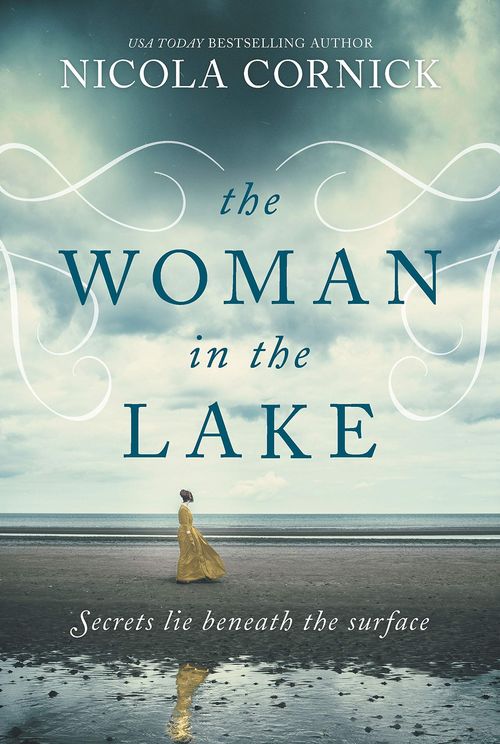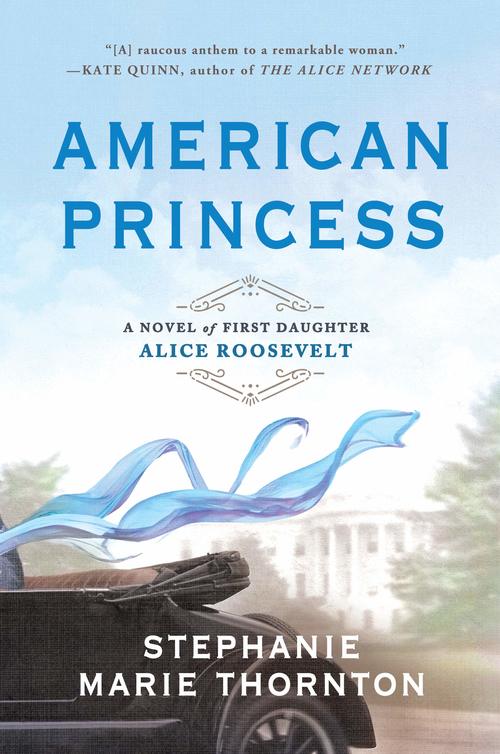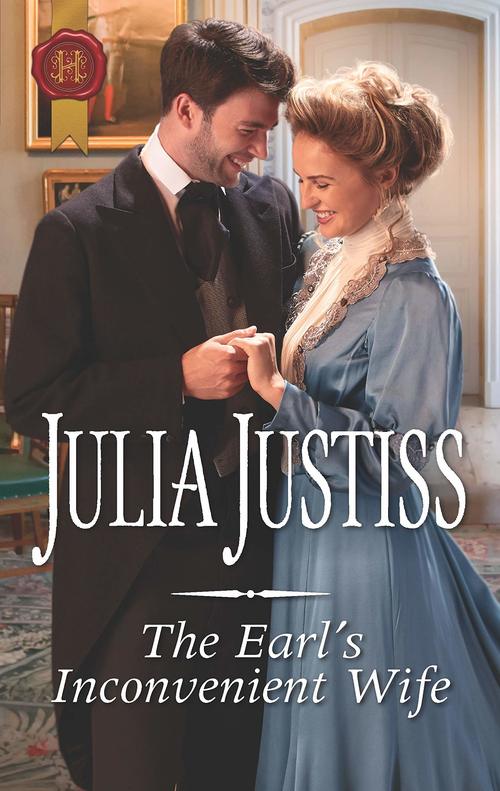Continuing with WWII fiction in honor of the 75th anniversary of D-Day, we’ll focus on stories that illumine some fascinating but lesser-known people and events in the war, most based in historical fact. We begin with THE ONLY WOMAN IN THE ROOM by Marie Benedict. In pre-WWII Austria, beautiful—Jewish–actress Hedwig Keistler catches the eye of the wealthiest man in Austria, arms dealer Fritz Mandl. Knowing that marriage to the powerful Mandl may keep her and her family safe from the rising tide of anti-Semitism, after a short courtship, Hedwig weds him. Certain his glamorous wife doesn’t care about or understand the weapons he develops and sells, Mandl discusses them freely around her with his business partners. But Hedwig is brilliant as well as beautiful, with a life-long interest in science nurtured by her father. When Mendl becomes ever more abusive and controlling, Hedwig flees from him, first to London and then to America—where she becomes film star Hedy Lamarr. But she also carried with her the plans for the Nazi’s weapons systems—and an invention of her own that will pave the way for secure communications and cellphone technology. A look behind the glamorous façade, Benedict’s book reveals a woman as…
Many readers are familiar with the Orphan Trains that took impoverished children from large cities in the East to live with families in small towns and on farms in the Midwest. But did you know during that same time period more than 100,000 poor and orphaned British children were sent from England to Canada as British Home Children? This child emigration scheme was started by those who had good intentions and who hoped to clear the streets, children’s homes, and workhouses of orphaned and abandoned children in England’s overcrowded cities and towns. The children were promised a better life in Canada, but sadly that was not the case for all of them. Most of these children were not adopted and welcomed into families. Instead, the boys were taken in as indentured farm laborers and the girls worked as household servants called domestics, even at very young ages. Those who took them in simply filled out a form and paid a small fee. There was little screening and often no follow up. Because of this, and prevailing attitudes of the time, many of these children suffered neglect and mistreatment. Many slept in barns or other outbuildings and were not given adequate…
From Rouge: A Novel of Beauty and Rivalry. Copyright © 2019 by Richard Kirshenbaum and reprinted with permission from St. Martin’s Press. Chapter 2 A NEW FRONTIER Sydney, Australia, 1922 The heat was unbearable, constant, itchy, and apparently determined to do battle with her skin. It was ironic how brutal the journey had been given that the point of it was to flee a brutal adversary at home. Her mother’s favorite phrase came to mind as she grasped the railing of the ship: “Wherever you go, there you are.” Were her dear mother here right now, she would also be telling Josiah to protect her skin by putting on her hat. Instead, in a flash of rebellion, she stared head-on into the sun as though the sun itself were her enemy and she would win the face-off so long as she did not betray fear. Oy vey ist mir. She could not keep this lament far from her mind as she thought of the distance between her loving mother and herself. The distance increased with every second, along with the ache in her heart. She could practically smell her mother’s distinct scent: sweet, earthy, like the kasha and sweet white…
The legendary rivalry between Coco Chanel and Elsa Schiaparelli is well known in fashion history. What drew you to write about this notorious feud in The Last Collection? It seemed, currently, to be a very good time to be writing about strong, powerful women who do not back down from competition or threats. I once visited a country that did not have freedom of press and information, and I needed a complicated visa to get there. The clerk at the embassy asked me what I did for a living (I was a journalist at the time) and I told him I was a writer. He jumped up from his desk, truly alarmed! He asked me what I wrote about, and I said family studies, human development, nutrition, consumer finance. He sat back down and said , “Oh. Women’s stuff. Doesn’t matter.” I got the visa, but I also got a strong lesson about what many people think of women’s issues. This book says that ‘women’s stuff’ really does matter. Europe in the late 30s, as we know, is on the cusp of a tumultuous time that leads to WWII. What did this political landscape add to your story? How did…
Tucked into the interstices of the writing life, I’ve cultivated a creative hobby—landscape photography. This requires me to travel around the Pacific Northwest visiting rugged coastlines, mountain lakes reflecting snowy peaks, cascading waterfalls, and most recently the wildflowers blooming along the Columbia River that divides the states of Oregon and Washington. On this most recent venture I hunted for previously unexplored hillsides splashed with the vivid yellows and purples of Balsam Root and Lupine, as well as searching out new vistas in a few places I’ve visited before. No matter if the setting I’ve driven hours to see and shoot is new to me or a favorite spot, I’ll often prowl around and observe how the light, weather conditions, and my movement through the terrain changes the landscape, thus the potential composition of a photograph. When I find a composition that feels strong and balanced (two years of art college put to use!), I’ll stop and set up my tripod and camera. More than once I’ve found myself wishing that a novel, a chapter, or a scene could be a three-dimensional landscape I could physically move through with the same ease. Whether I’m engaged in photography or writing, the process…
Japan is famous for the ornamental cherry trees whose blossoms—known as sakura—transform the country’s mountains, parks, and rivers with spectacular pink and white blossoms every spring. The delicate sakura are an iconic symbol of Japan, and with good reason. For thousands of years, Japanese people from all walks of life have enjoyed and celebrated these lovely blooms Cherry blossoms typically bloom and die within just a few days, making them an enduring symbol of the transience and fragility of life. During the few short weeks of the sakura season, people flock to parks for hanami (flower viewing) parties beneath the trees. The sakura may be the most famous Japanese blossom, but it’s far from the only flower celebrated in Japan. In fact, flower festivals occur across Japan in every season of the year. December and January mark the blooming season for camellias (tsubaki, in Japanese), and many people visit the island of Oshima, which rises from the sea about 120-km south of Tokyo, in the Izu archipelago, to experience the hundreds of varieties of vibrant camellias growing there. In addition to their beauty, the camellia seeds produce an oil that’s used as a skin care aid as well as for…
The Rise and Fall of Florence Lawrence, the World’s First Movie Star What makes a movie star? Today we’ve got the general recipe down: mix bankable films with broad popularity. Add a healthy social media following and sauté in critical acclaim. Garnish with head-turning red carpet appearances. And if you’re very, very lucky, pair with a performance of your blockbuster movie’s Oscar-winning theme song … But in 1909 no one knew. The concept of stardom didn’t exist because early movie studios didn’t want anyone to know. The thinking went like this: the more popular and “known” actors became, the more money they would demand. Studios kept their performers anonymous—no acting credits were listed—so that if a particular actor became too demanding or difficult, he or she was more easily replaced. Disposability served the bottom line. Then Florence Lawrence came along, and all hell broke loose. She was attractive, but no more so than many other actresses of her day, such as Mary Pickford and Lillian Gish, both of whom would go on to be far more successful and well-remembered. What Florence was, besides anonymously popular, was prolific. From 1908 through the middle of 1909, she was featured in over 100…
Many of us are familiar with the story of Lady Diana Spencer, the beautiful daughter of an Earl who married a prince at the age of nineteen only for the marriage to founder and end in a well-publicised divorce. What is less known is that Diana Spencer was not the first aristocrat of that name and that an ancestor of hers, Lady Diana Spencer, daughter of the Duke of Marlborough, had a life that has some uncanny echoes of her own. It was this earlier Diana Spencer who was the inspiration for the central character of my latest book, The Woman in the Lake. She was born in 1735, the daughter of Charles Spencer, 3rd Duke of Marlborough. At the age of 23 she married Frederick St John, 2nd Viscount Bolingbroke. They had two sons. Friends and family were taken aback by the match as Fred was a known to be an extravagant womaniser with a bad reputation – not for nothing was his nickname at Eton “Bully.” After the marriage he maintained exactly the same lifestyle that he had had before, keeping a string of mistresses, drinking heavily and spending even more extravagantly. There were rumours that he was…
Hello, all, Stephanie Marie Thornton here! My latest historical novel, AMERICAN PRINCESS, reimagines the 96-year life of Alice Roosevelt, eldest daughter of U.S. president Theodore Roosevelt and owner of the famous needlepoint pillow that proclaimed, “If you can’t say something good about someone, sit right here by me.” Obviously, Alice Roosevelt didn’t mind breaking a rule or two. In fact, she rather reveled in shattering every rule she ever encountered! Here’s a list of the Top 10 Rules Alice Roosevelt Broke with Gusto… Rather than calling cards or lace fans, Alice was renowned for carrying in her silk purse a little garter snake named Emily Spinach. (She named her pet Emily for an aunt, Spinach for the snake’s green color.) Sometimes Alice let the snake slither free during state dinners at the White House, which certainly caused a ruckus! Alice sometimes received a dressing down from her parents for her lack of manners and decorum, including when she refused to remove her gloves to eat asparagus at dinner parties and also after she hunted down serving trays to help her younger siblings slide down the stairs of the White House. In a time when Edwardian young ladies were expected to…
For March, where can we look to for inspiring historical fiction but Ireland? And as might be expected in a land of poets, leprechauns, fairies and tragic history, Ireland’s story lends itself to passionate sagas. The first of the two series we’ll look at in honor of this St. Patrick’s Day is a three-book historical fiction epic featuring real Irish revolutionaries Robert Emmet and Michael Dwyer. In TREAD SOFTLY ON MY DREAMS, the first volume of the Liberty Trilogy, Gretta Curran Browne introduces Robert Emmet, born of the Protestant elite who rule Ireland. But though, as the son of the State Physician of Ireland, his place is among the privileged, he also grows up imbued with a deep love of the land and a strong commitment to justice. Troubled by the inequities and repression he sees around him, he sacrifices his brilliant scientific future and his standing among the elite by joining the United Irishman, a society which advocates the union of Catholic and Protestant. Deemed a traitor to his class and religion, he is forced to flee to France, leaving behind Sarah Curran, the girl with whom he’s fallen in love. He returns five years later to begin his…


